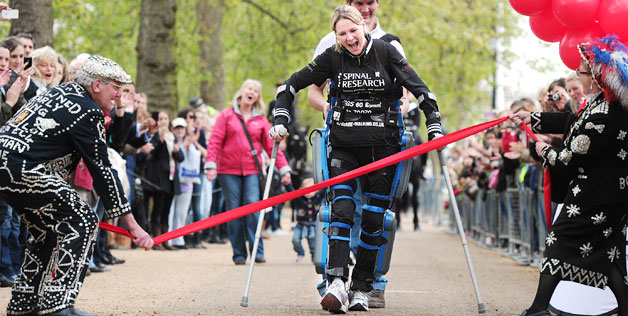 I’m always on the lookout for work that might be useful in a sociology of technology course. I was re-reading Nick Dyer-Witheford’s (1999) Cyber-Marx and realized that the ‘Marxisms” chapter [.pdf] provides a pretty useful outline of Marxian interpretations of technology that could provide that backbone for a pretty good lesson plan.
I’m always on the lookout for work that might be useful in a sociology of technology course. I was re-reading Nick Dyer-Witheford’s (1999) Cyber-Marx and realized that the ‘Marxisms” chapter [.pdf] provides a pretty useful outline of Marxian interpretations of technology that could provide that backbone for a pretty good lesson plan.
Dyer-Witheford (p. 38) opens with the acknowledgement that:
Marx was, like all of us, a multiple. He wrote variously about technology, making statements that cannot all be reconciled one with another—or, at least, that can be reconciled in very different, sometimes radically opposed, ways.
Marx’s varied positions on technology are revealed in some oft-cited passages more...









